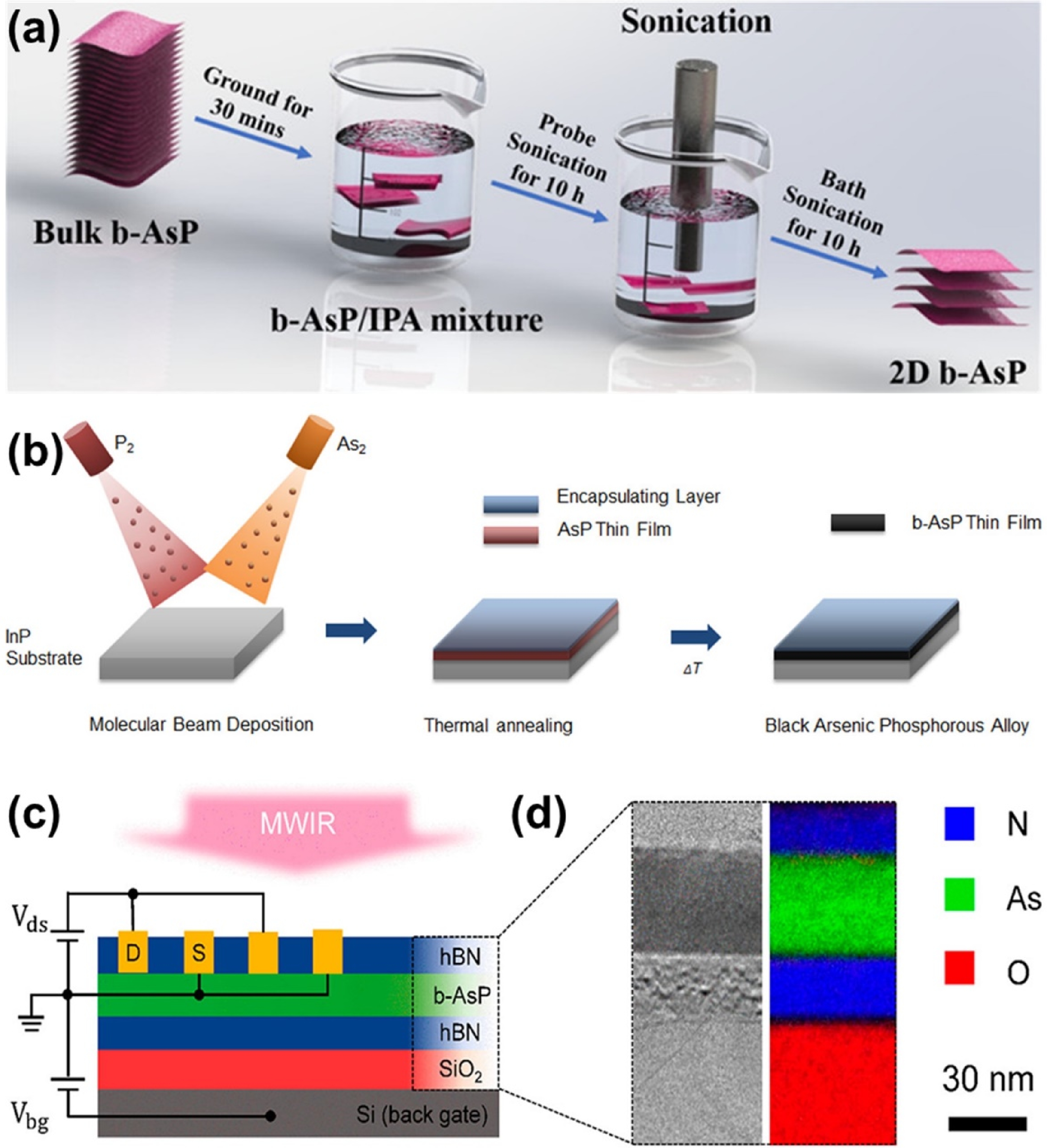| Citation: |
Junchuan Liang, Yi Hu, Liming Ding, Zhong Jin. 2D black arsenic phosphorous[J]. Journal of Semiconductors, 2024, 45(3): 030201. doi: 10.1088/1674-4926/45/3/030201
****
J C Liang, Y Hu, L M Ding, Z Jin. 2D black arsenic phosphorous[J]. J. Semicond, 2024, 45(3): 030201. doi: 10.1088/1674-4926/45/3/030201
|
-
References
[1] Novoselov K S, Geim A K, Morozov S V, et al. Electric field effect in atomically thin carbon films. Science, 2004, 306, 666 doi: 10.1126/science.1102896[2] Liu H, Neal A T, Zhu Z, et al. Phosphorene: An unexplored 2D semiconductor with a high hole mobility. ACS Nano, 2014, 8, 4033 doi: 10.1021/nn501226z[3] Hu Y, Liang J, Xia Y, et al. 2D arsenene and arsenic materials: Fundamental properties, preparation, and applications. Small, 2022, 18, e2104556 doi: 10.1002/smll.202104556[4] Ji J, Song X, Liu J, et al. Two-dimensional antimonene single crystals grown by van der Waals epitaxy. Nat Commun, 2016, 7, 13352 doi: 10.1038/ncomms13352[5] Pumera M, Sofer Z. 2D monoelemental arsenene, antimonene, and bismuthene: Beyond black phosphorus. Adv Mater, 2017, 29, 1605299 doi: 10.1002/adma.201605299[6] Shirotani I, Kawamura H, Tuburaya K, et al. Superconductivity of phosphorus and phosphorus-arsenic alloy under high pressures. Jpn J Appl Phys, 1987, 26, 921 doi: 10.7567/JJAPS.26S3.921[7] Osters O, Nilges T, Bachhuber F, et al. Synthesis and identification of metastable compounds: black arsenic-science or fiction? Angew Chem Int Ed Engl, 2012, 51, 2994 doi: 10.1002/anie.201106479[8] Liu B L, Köpf M, Abbas A N, et al. Black arsenic-phosphorus: Layered anisotropic infrared semiconductors with highly tunable compositions and properties. Adv Mater, 2015, 27, 4423 doi: 10.1002/adma.201501758[9] Xie M, Zhang S, Cai B, et al. A promising two-dimensional solar cell donor: Black arsenic–phosphorus monolayer with 1.54 eV direct bandgap and mobility exceeding 14, 000 cm2V−1s−1. Nano Energy, 2016, 28, 433 doi: 10.1016/j.nanoen.2016.08.058[10] Sun J, Lin N, Ren H, et al. The electronic structure, mechanical flexibility and carrier mobility of black arsenic-phosphorus monolayers: a first principles study. Phys Chem Chem Phys, 2016, 18, 9779 doi: 10.1039/C6CP00047A[11] Shi X Y, Wang T, Wang J, et al. Synthesis of black arsenic-phosphorus and its application for Er-doped fiber ultrashort laser generation. Opt Mater Express, 2019, 9, 2348 doi: 10.1364/OME.9.002348[12] Young E P, Park J, Bai T Y, et al. Wafer-scale black arsenic–phosphorus thin-film synthesis validated with density functional perturbation theory predictions. ACS Appl Nano Mater, 2018, 1, 4737 doi: 10.1021/acsanm.8b00951[13] Yuan S F, Shen C F, Deng B C, et al. Air-stable room-temperature mid-infrared photodetectors based on hBN/black arsenic phosphorus/hBN heterostructures. Nano Lett, 2018, 18, 3172 doi: 10.1021/acs.nanolett.8b00835[14] Long M S, Gao A Y, Wang P, et al. Room temperature high-detectivity mid-infrared photodetectors based on black arsenic phosphorus. Sci Adv, 2017, 3, e1700589 doi: 10.1126/sciadv.1700589[15] Zhou W H, Zhang S L, Wang Y Y, et al. Anisotropic in-plane ballistic transport in monolayer black arsenic-phosphorus FETs. Adv Elect Materials, 2020, 6, 1901281 doi: 10.1002/aelm.201901281[16] Luxa J, Bouša D, Zoller F, et al. Black phosphorus–arsenic alloys for lithium ion batteries. FlatChem, 2020, 19, 100143 doi: 10.1016/j.flatc.2019.100143[17] Yu L, Zhu Z, Gao A Y, et al. Electrically tunable optical properties of few-layer black arsenic phosphorus. Nanotechnology, 2018, 29, 484001 doi: 10.1088/1361-6528/aae05f -
Proportional views





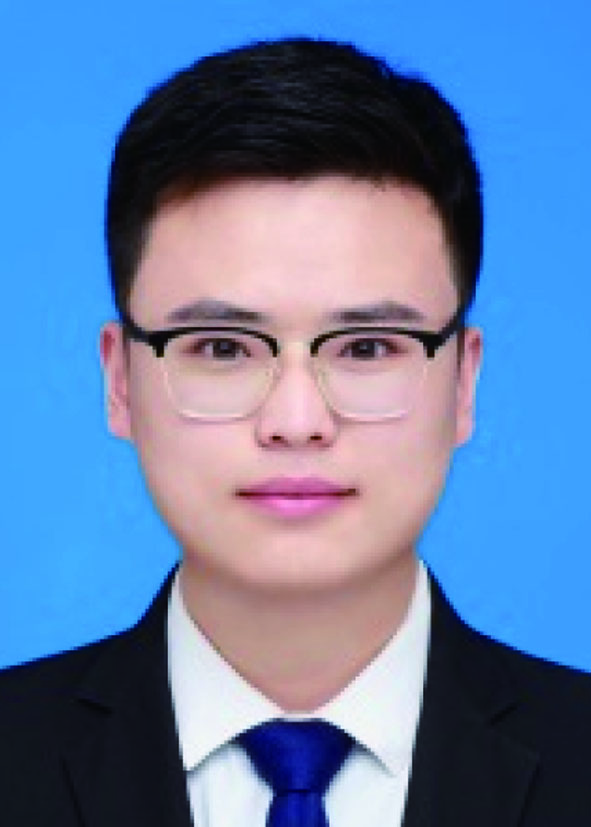 Junchuan Liang received his BS in Lanzhou University in 2019. He is now pursuing his PhD under the supervision of Prof. Zhong Jin in School of Chemistry and Chemical Engineering at Nanjing University. His research focuses on 2D nanomaterials.
Junchuan Liang received his BS in Lanzhou University in 2019. He is now pursuing his PhD under the supervision of Prof. Zhong Jin in School of Chemistry and Chemical Engineering at Nanjing University. His research focuses on 2D nanomaterials.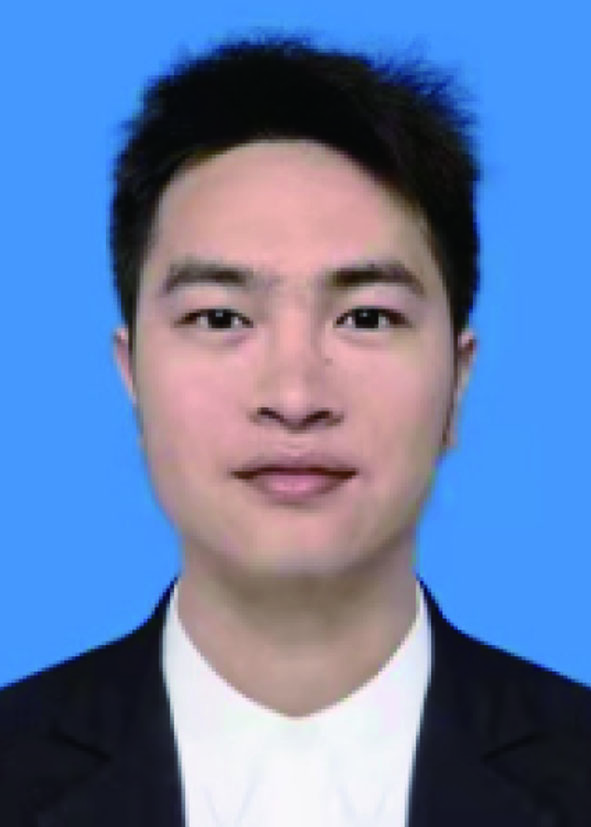 Yi Hu received his BS in Chemistry from Sichuan University in 2014. He got his PhD under the supervision of Prof. Zhong Jin in School of Chemistry and Chemical Engineering at Nanjing University. His research focuses on 2D nanomaterials and related devices.
Yi Hu received his BS in Chemistry from Sichuan University in 2014. He got his PhD under the supervision of Prof. Zhong Jin in School of Chemistry and Chemical Engineering at Nanjing University. His research focuses on 2D nanomaterials and related devices.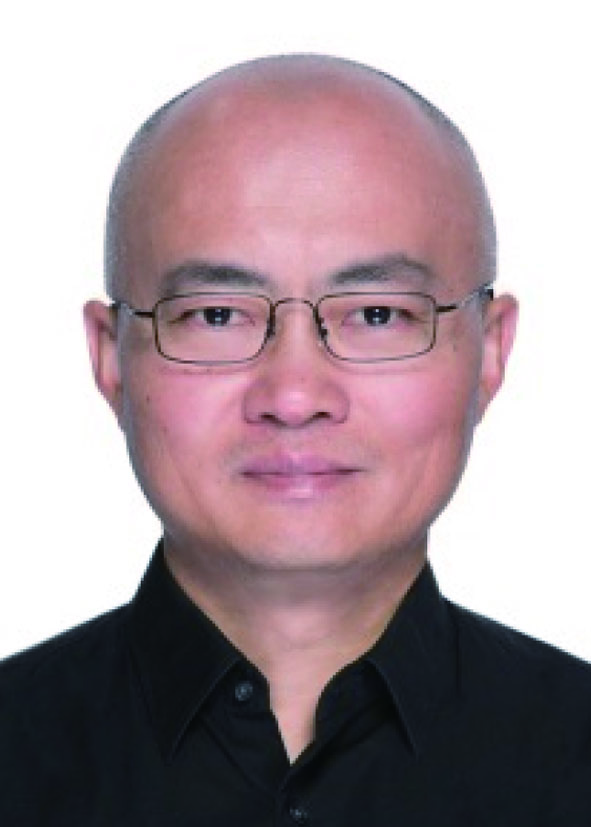 Liming Ding got his PhD from University of Science and Technology of China (was a joint student at Changchun Institute of Applied Chemistry, CAS). He started his research on OSCs and PLEDs in Olle Inganäs Lab in 1998. Later on, he worked at National Center for Polymer Research, Wright-Patterson Air Force Base and Argonne National Lab (USA). He joined Konarka as a Senior Scientist in 2008. In 2010, he joined National Center for Nanoscience and Technology as a full professor. His research focuses on innovative materials and devices. He is RSC Fellow, and the Associate Editors for Journal of Semiconductors and DeCarbon.
Liming Ding got his PhD from University of Science and Technology of China (was a joint student at Changchun Institute of Applied Chemistry, CAS). He started his research on OSCs and PLEDs in Olle Inganäs Lab in 1998. Later on, he worked at National Center for Polymer Research, Wright-Patterson Air Force Base and Argonne National Lab (USA). He joined Konarka as a Senior Scientist in 2008. In 2010, he joined National Center for Nanoscience and Technology as a full professor. His research focuses on innovative materials and devices. He is RSC Fellow, and the Associate Editors for Journal of Semiconductors and DeCarbon.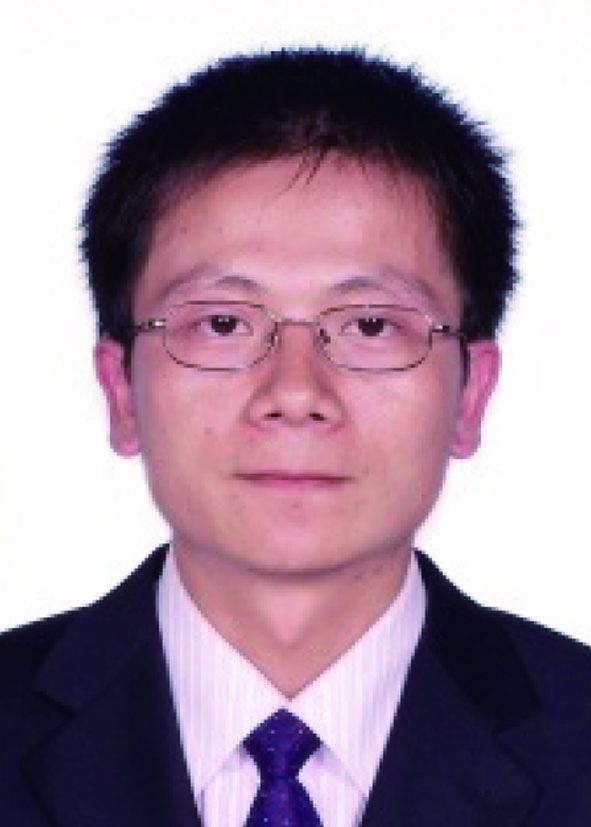 Zhong Jin received his BS (2003) and PhD (2008) at Peking University. He worked as a postdoc at Rice University (2008−2010) and Massachusetts Institute of Technology (2010−2014). At 2014, he was appointed as a professor in School of Chemistry and Chemical Engineering at Nanjing University. His research focuses on the development of advanced materials and devices for clean energy conversion and storage.
Zhong Jin received his BS (2003) and PhD (2008) at Peking University. He worked as a postdoc at Rice University (2008−2010) and Massachusetts Institute of Technology (2010−2014). At 2014, he was appointed as a professor in School of Chemistry and Chemical Engineering at Nanjing University. His research focuses on the development of advanced materials and devices for clean energy conversion and storage.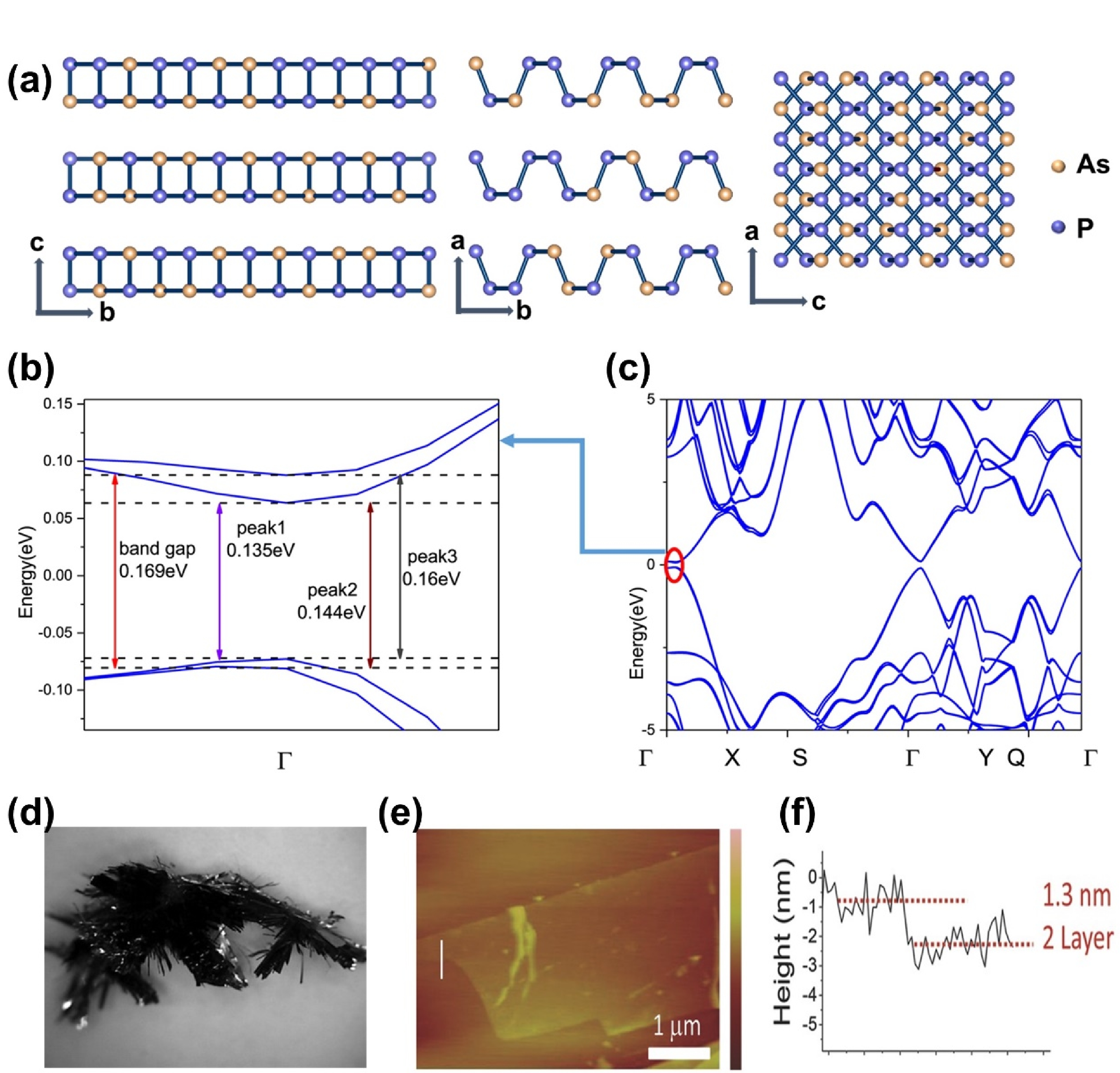
 DownLoad:
DownLoad:
